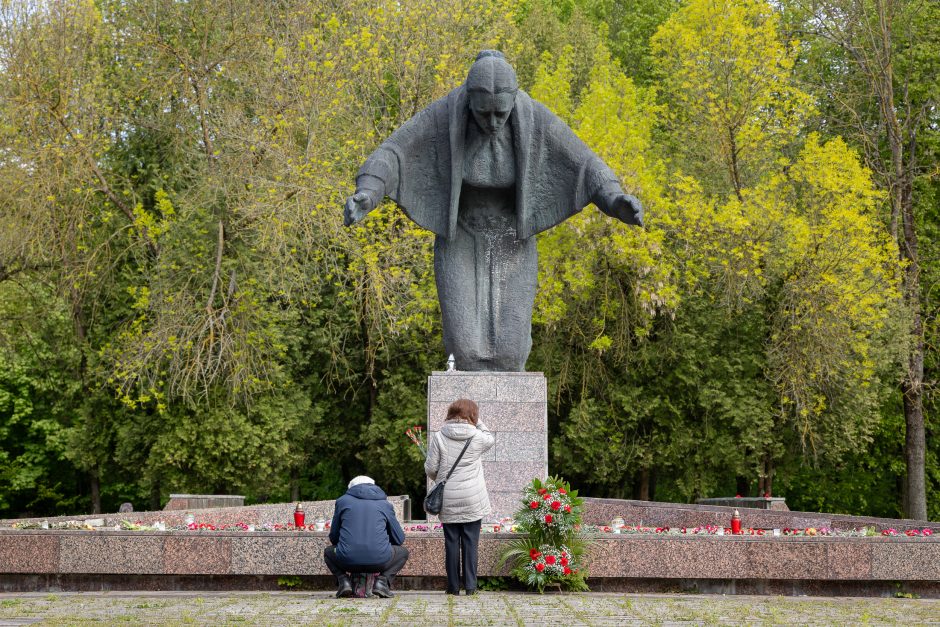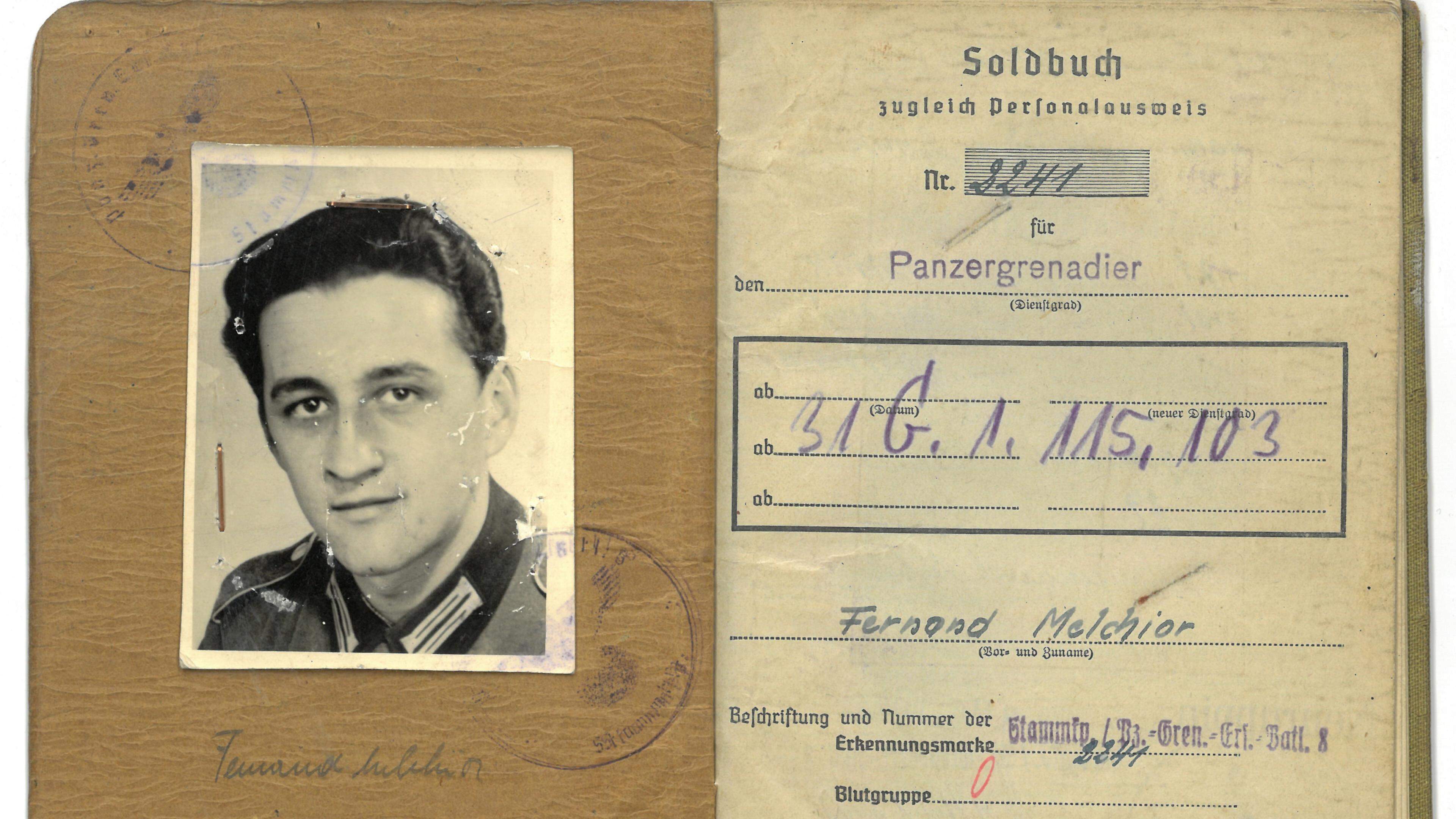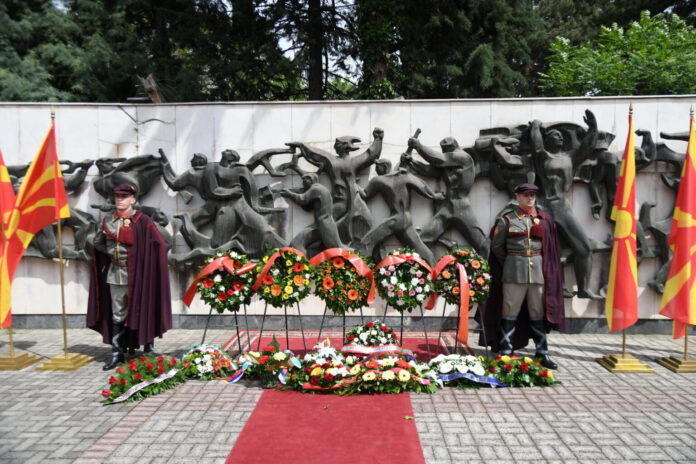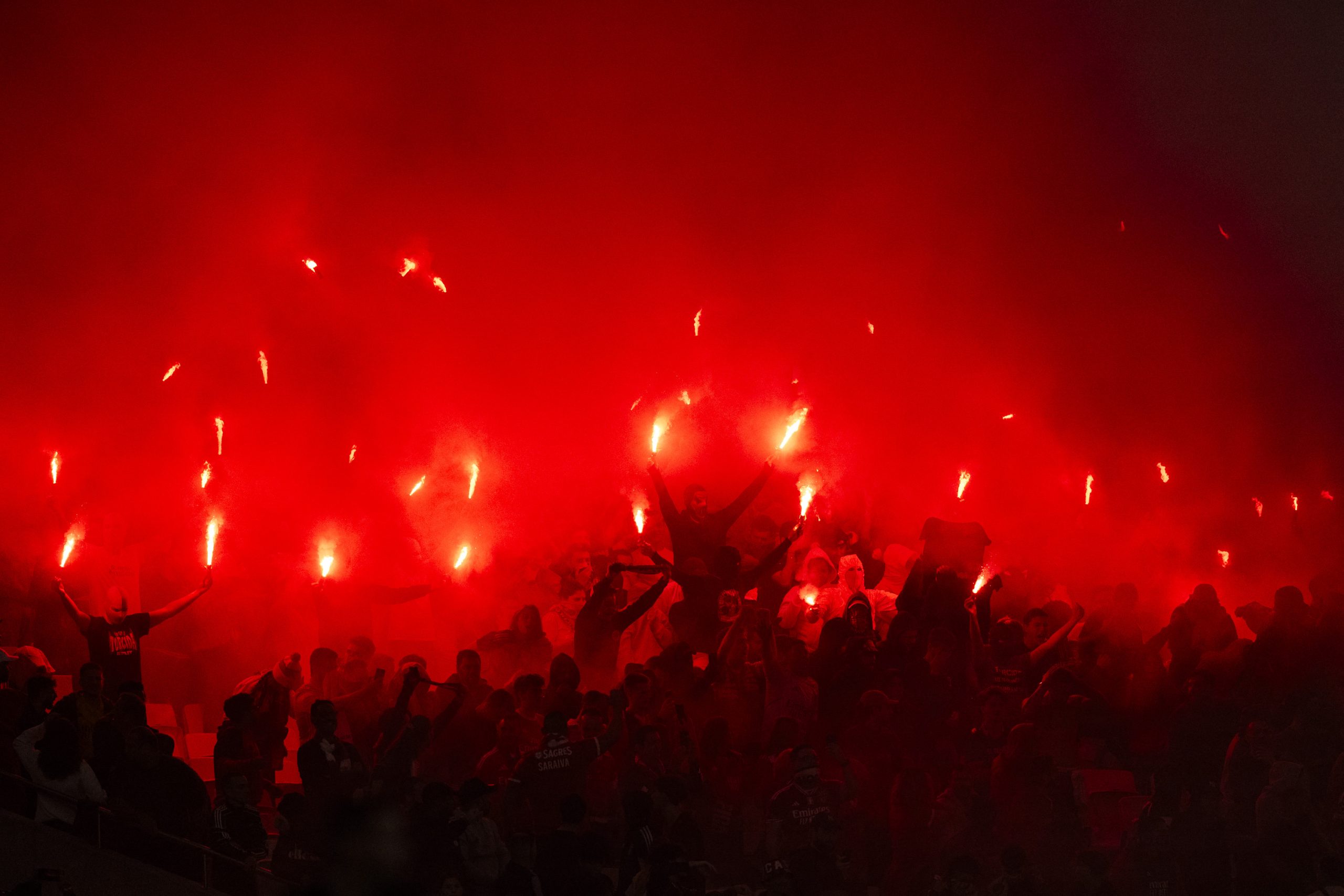Why did the pope choose the name Leo?
/s3/static.nrc.nl/images/gn4/data131959042-ffb1e0.jpg)
The name that a new pope chooses is an important first indication of the policy he wants to pursue. And the name Leo can only mean that the new Pope Robert Prevost, from now on: Leo XIV, wants to be inspired by the previous pope with that name: Leo XIII, pope from 1878 to 1903.
The nineteenth century was a time of growing papal conservatism, in which even papal infallibility was declared. Leo XIII opted for adaptation to the more modern times. His most important act was that he asked for attention to the tight social issues in the industrializing societies -ravaged societies.
In his famous encyclical Rerum Novarum (‘About modern things’) From 1891 he complained the poor industrial working conditions and argued for just wages. He also supported the establishment of Catholic trade unions. The state had to combat the excesses of capitalism. With that, hesitant Catholic initiatives such as the Nederlandsche Roman Catholic Volksbond (founded in 1888) were given the wind. The progressive Catholic priest Herman Schaepman, member of the Lower House between 1880 and 1901, felt less alone since then.
Politically, the social turn was a smart act, because Leo XIII clearly distanced themselves from the emerging revolutionary Marxism and of supreme liberal capitalism. Catholic political parties could now follow a nice activist Míddenweg, and that is exactly what happened in the 20th century and yielded many voices, in Dutch politics and beyond.
Attila theirs
Leo XIV could also refer to the first Pope with that name, Leo I, Pope from 440 to 461. In 452, that powerhouse would have brought the thought of their mind to Rome, a reputation that can also be useful in the current world full of war and conflicts.
The previous Pope Francis was inspired in his name by the famous humble saint who was full of love for the poor, Francis of Assisi (1181-1226), who founded open monasteries in the medieval cities. His more conservative predecessor Benedict XVI clearly chose the tradition in his name, with one of the most common pope names, only John is more common. Benedict XVI himself called the sixth-century monastery founder of Nursia as inspiration, writer of the famous monastic rule of prayer, work and imprisonment in monasteries in the countryside.

:format(webp)/s3/static.nrc.nl/wp-content/uploads/2025/05/08175634/web-0805BUI_moskou.jpg)
:format(webp)/s3/static.nrc.nl/images/gn4/stripped/data131842986-ee8609.jpg)
:format(webp)/s3/static.nrc.nl/wp-content/uploads/2024/06/20100532/web-2006BIN_Vaccin.jpg)



